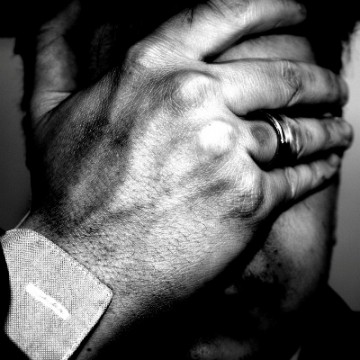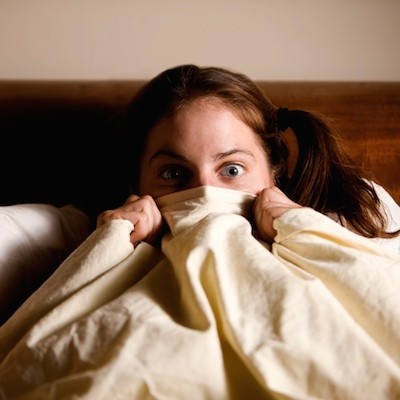What an Oregon Professor Wants You to Know About Dread
Monday, October 20, 2014

Photo Credit: bruckerrlb via Compfight cc
“When something is dreaded we react, but not always on how likely it is,” Slovic said. “[Dread] confuses us into thinking it will happen.”
Slovic is a professor at the University of Oregon and the founder and president of Decision Research who specializes in human judgment, decision making, and risk analysis. Over his years of research, Slovic has found humans evaluate the world in two ways. One is through careful analysis, considering the odds, calculating the risks, and using science to make an informed decision. However, Slovic said what we use most of the time is our gut feeling. Although trusting our feelings have helped humans survive over the years, Slovic said they can be misleading.
“We have natural feelings of dread, not linked to how harmful they are,” Slovic said.
Gun shootings and beheadings are an example Slovic used to prove his point. Although most Americans are more worried about being shot than being beheaded, Slovic pointed out a beheading is a much more dreadful way to die.
Emotions play a role in our evaluation of dread as well. Something happening to someone emotionally connected or close to us will seem more dreadful than statistics from across the globe, Slovic said.
“The numbers bounce off us and don’t create the concern they should,” Slovic said.
Slovic explained that dread or fear has a tremendous influence on society. People will be willing to act on their dread of something. The money spent to protect the country from terrorism or fewer people flying due to Ebola are examples Slovic gave of how people’s dread can affect policy or the economy. Although sometimes the fear is justified, dread can help intensify a situation.
“People will spend money, give civil rights away, or give up privacy to protect themselves from something that’s not likely to happen,” Slovic said.
Related Slideshow: Slideshow: Five Things to Know About Dread
Dr. Paul Slovic, who specials in the study of human dread and risk at the university of Oregon and Decision Research, explains we often fear and act according for the wrong reasons becaue of the "dread factor."














Follow us on Pinterest Google + Facebook Twitter See It Read It